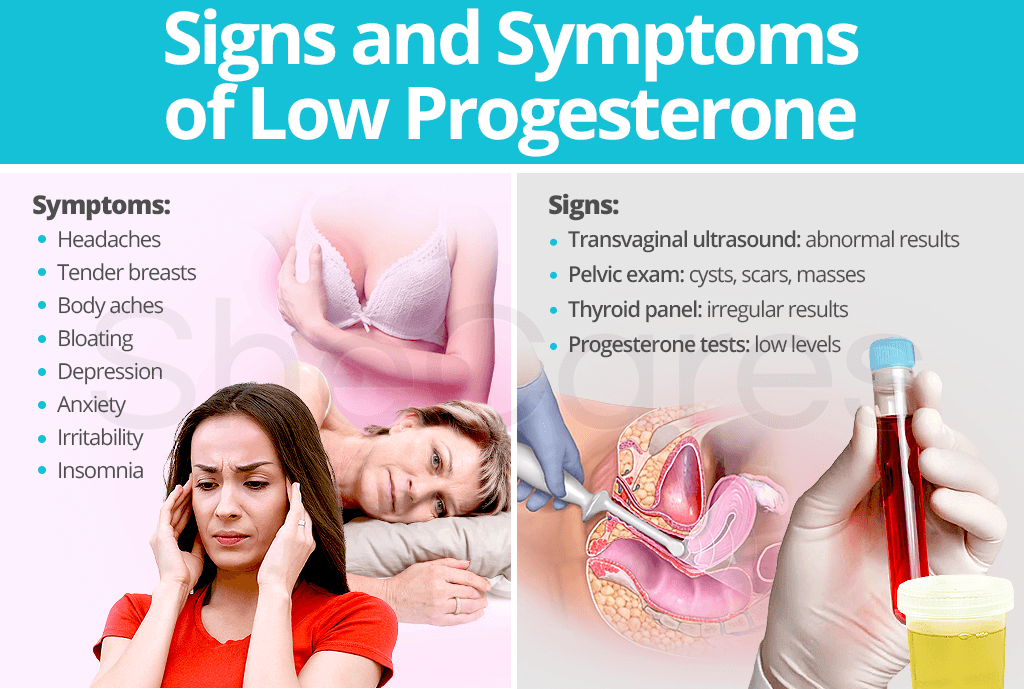What are the risk factors for growth hormone deficiency?
by Admin
Posted on 21-03-2023 01:06 AM
The first signs of growth hormone deficiency in adults are the changes in body composition. They are characterized by an increased level of fat around the abdomen and a reduction in muscle mass and strength.
 Low growth hormone symptoms are usually followed by a reduced sense of well-being, lower energy levels, depression, decreased libido, and sleep problems. Long-term symptoms can also include osteoporosis and an increased risk of cardiovascular diseases. Growth hormone deficiency leads to reduced life expectancy and almost two-fold increased mortality from cardiovascular diseases according to epidemiological data. That’s an effect caused by the premature development of atherosclerosis in patients with growth hormone problems.
Low growth hormone symptoms are usually followed by a reduced sense of well-being, lower energy levels, depression, decreased libido, and sleep problems. Long-term symptoms can also include osteoporosis and an increased risk of cardiovascular diseases. Growth hormone deficiency leads to reduced life expectancy and almost two-fold increased mortality from cardiovascular diseases according to epidemiological data. That’s an effect caused by the premature development of atherosclerosis in patients with growth hormone problems.
All children's cancer survivors should have a yearly physical examination including measurement of height and weight, and assessment of pubertal status, nutritional status, and overall well-being. For patients with the risk factors listed above, this screening should be done every 6 months until growth is completed. Evaluation for other potential causes of growth problems, such as low thyroid function, should also be explored. If gh deficiency is suspected, patients will probably be referred to an endocrinologist doctor to help you( increase your energy with HGH therapy. These doctors specialize in hormone problems). The endocrinologist will do more specific tests to evaluate the problem. Treating.
What is the prognosis (outlook) for growth hormone deficiency?
Prognosis is usually desirable with treatment.
 Gh treatment can improve gh-deficient adults signs and symptoms. Since recombinant dna–derived growth hormone have become to be had, most children with growth hormone deficiency attain normal adult stature.
Gh treatment can improve gh-deficient adults signs and symptoms. Since recombinant dna–derived growth hormone have become to be had, most children with growth hormone deficiency attain normal adult stature.
What are the complications of growth hormone deficiency?
One in 4,000 to 10,000 people do not look their age; they either have short stature or look underdeveloped with a chubby body. People with these conditions are said to be either partially or completely growth hormone deficient. However, there are ways to boost human growth hormone as well as specific nutrition plans for mothers to follow during their pregnancy in order to avoid growth hormone deficiency in their children.
Acromegaly is a hormonal disorder that develops when your pituitary gland produces too much growth hormone during adulthood. When you have too much growth hormone, your bones increase in size. In childhood, this leads to increased height and is called gigantism. But in adulthood, a change in height doesn't occur. Instead, the increase in bone size is limited to the bones of your hands, feet and face, and is called acromegaly. Because acromegaly is uncommon and the physical changes occur slowly over many years, the condition sometimes takes a long time to recognize. Untreated, high levels of growth hormone can affect other parts of the body, in addition to your bones.
Our team of wellness providers here at the dfw anti-aging and wellness centers can provide sermorelin therapy to patients who are suffering from the symptoms of human growth hormone deficiency. We offer this treatment as part of our anti-aging and wellness services, because we know how symptoms associated with hormonal deficiencies can affect your overall health and quality of life. If you would like to schedule a consultation, contact us today by calling us at (469) 389-5251 or fill out our appointment request form now. We look forward to seeing you and helping you feel like yourself again.
Your child's healthcare provider will consider your child's age, overall health, and other factors when advising treatment. Your child may need to see a pediatric endocrinologist. This is a doctor with extra training in treating children with hormone problems. This specialist will also have the best equipment to accurately measure your child's growth from month to month. Treatment may involve daily injections of synthetic growth hormone. Results are often seen as soon as 3 to 4 months after treatment starts. The treatment lasts several years, usually until late puberty when growing is finished. The earlier the treatment is started, the better the chances that a child will have a normal or near-normal adult height that matches their family pattern.